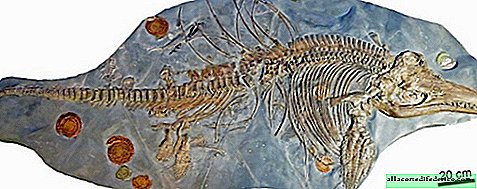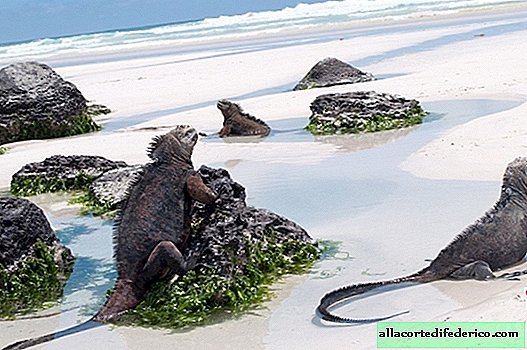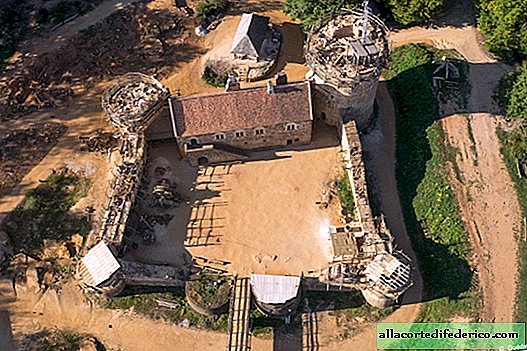The remains of the largest ichthyosaur belong to a pregnant female
The remains of the largest recorded ichthyosaur 3-3.5 meters long were discovered back in the 1990s on the coast of Somerset in England. All these years, a fossil about 200 million years old was not really investigated, only recently paleontologists carefully studied the specimen and found out that the remains belonged to a female ichthyosaur, which was pregnant at the time of death. In fact, the discovery was rediscovered anew after two decades. What does this discovery mean?
True british
Ichthyosaurs were a very successful group of marine reptiles that lived on the territory of modern Europe and Asia and became extinct about 90 million years ago. They are often mistakenly called “swimming dinosaurs,” although these reptiles appeared long before the first dinosaurs. The largest species of ichthyosaurs reached a length of more than 2 meters, which compared to the size of the "terrible lizards" is not much.

The sample, which caused a stir of scientists, refers to the species Ichthyosaurus somersetensis. The remains of the first representatives of this species were first discovered in the 19th century, and in general, hundreds of specimens from the ichthyosaur family were found throughout England. But for the first time, a pregnant female fell into the hands of scientists, and the fossil also contains the remains of an embryo that did not have time to develop in the womb. Researchers are increasingly making discoveries not at excavation sites, but by carefully studying museum exhibits.
Tail behind you
The remains of the embryo are incomplete, only a part of the posterior bone, anterior part, ribs and several other bones are preserved. The preserved vertebral chain is less than 7 cm long. The bones of the embryo are not completely ossified, which means that it was still developing at the time of death. A careful study of such a find will help to discover many secrets of the development and life of ichthyosaurs.

For example, many remains of ichthyosaurs are taken from historical collections, and most of them do not have accurate geographical or geological data. But this copy has, so you can find information about other ichthyosaurs.
After a careful study of the skeleton, another very intriguing discovery was made: the tail of the specimen did not belong to the rest of the skeleton, the back of another ichthyosaur was simply attached to the found remains, so that the skeleton as a whole would look more complete and visually attractive.

















